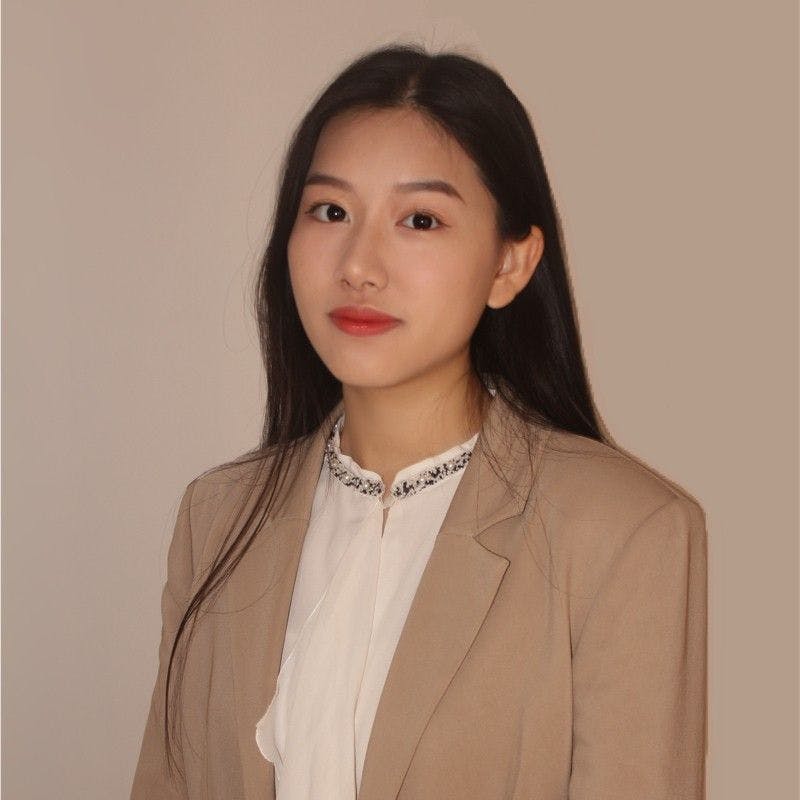As China’s beauty industry shows signs of a slowdown, the cohort of 60-years-plus consumers could provide a new growth engine for skincare and personal care labels.
Though China’s population is aging fast, the options for mature skin are lacking, with many major local and global brands focusing on launching skincare lines for young women and men. As well as these unmet needs, concerns about the sustainability of young shoppers’ spending in this segment are mounting, Hwee Chung, China beauty insight director at Kantar Worldpanel, told Jing Daily.
This is the first of a two-part series analyzing older consumers’ needs for cosmetics and skincare products.
Greater sophistication#
China will be home to 100 million more senior citizens over the next decade, and by 2050, over 38 percent of the population is expected to be over 60 years old.
China’s Gen X consumers are big savers and users of high-end skincare labels. When major beauty brands, such as Estée Lauder, Shiseido, and L’Oréal, entered the Chinese market in the 1990s, Gen X consumers were young. These big names’ ads and boutiques educated this demographic, equipping consumers with more knowledge about skincare and beauty than the preceding generation had.

Deeper pockets#
The silver economy is robust, with facial skincare and cosmetics sets for mature females growing strongly, according to Future Beauty’s report released in 2022.
“Unlike the preceding generations, which valued frugality and diligence, today’s mature consumers have regained a sense of their worth and prefer to invest in themselves,” Li Qian, editor at Chinese news site Shine tells Jing Daily.
Meanwhile, spending on beauty among younger age groups shows signs of weakness, according to “The Oriental Beauty Valley Blue Book 2022” report released by CNBdata.
Allie Rooke, brand strategist at Clean Beauty Asia, who helps cruelty free brands enter the Chinese market, identifies three main categories of affluent senior beauty shoppers — rich housewives, career-focused women, and working mothers — who favor foreign brands as they want to use the most powerful and expensive ingredients in their skincare routine.
Some brands have taken notice. In 2021, Chinese personal care group Liby launched two beauty brands, Banyue Fusheng (半月浮生), and Wu Shi Jia (吾时佳), targeting women aged over 50.
And high-end South Korean skincare brand Whoo added a ‘mom skincare set’ to its product range on its Tmall flagship store, in 2019. It quickly became one of the most popular brands under the ‘mom skincare’ topic on Xiaohongshu.

Shared characteristics#
Top-tier cities are home to more mature beauty consumers than rural areas and lower-tier cities.
High-spending mature shoppers in first and second-tier cities prioritize luxury skincare products from international brands, priced between 40 and 110 (300-800 RMB) per item, and they prefer anti-aging products.
“They like to travel, shop at the beauty counters in their favorite department stores, and love to recreate the spa experience at home,” says Sam Deacon, chief commercial officer at China beauty incubator Samarkand Global.
Older consumers in third and fourth-tier cities mostly choose entry-level-price skincare products from either international brands or well-known domestic names. The average price of their purchases is around 25 to 40.
“This emerging group, with their children financially independent, have more money in their purse to treat themselves, but are focused on great products at the best value,” says Deacon.

According to Chinese media Jiemian, senior consumers in lower-tier cities rarely take the initiative to buy skincare products for themselves, and seldom visit the beauty counter. They usually purchase moisturizing products or hand cream at local supermarkets.
“Older consumers rank anti-aging effects as the top product function. However, hydration and moisturization also rank highly. There are ample opportunities in wellness-related skincare and body care for products that combine mood-lifting qualities with visible results and a luxury experience,” says Deacon.
“Products focusing on sleep quality, hormonal balance, and stress reduction are becoming more popular,” she adds.
“Senior beauty shoppers value their true self and self-confidence,” says Laurence Lim, founder and managing director at Chinese marketing agency Cherry Blossoms. “As such, they tend to reject invasive cosmetic procedures like plastic surgery, and favor natural ingredients and local natural beauty brands.”
Keys to engagement#
Consumers in remote and rural markets lack knowledge about beauty consumption. Therefore, brands should educate them on the topic. To begin, brands could expand in first and second-tier cities and then trickle down to lower-tier cities with aggressive promotions and marketing strategies.
Lim tells Jing Daily that women in their 50s in China were early internet adopters. “They have embraced online shopping and crave livestreaming on platforms like Taobao, WeChat, and Douyin,” she says.
Lim points to the rising number of WeChat video channels like Fashion Grandma (时尚奶奶) and Fengjin’s Beauty Handbook (枫锦变美手册) dedicated to women over 50 that also foster sisterhood communities.

For instance, well-known Chinese beauty brands like Pechoin, Dabao, Proya, and Hanshu, use terms like ‘middle-aged mother’ on their products and in promotional campaigns on e-commerce platforms.
Plus, they have deployed celebrities in their 40s and 50s to endorse their skincare lines and promote their products on Weibo, Douyin, and Xiaohongshu.
Nonetheless, according to Li Yuxuan, brand director of Banyue Fusheng, the most effective marketing strategy is word of mouth, as “the lifestyle of middle-aged and elderly people is relatively simple. They have formed a stable circle of friends and social circle.”
That said, the most important element is high-quality and practical products that meet this consumer group’s needs.


